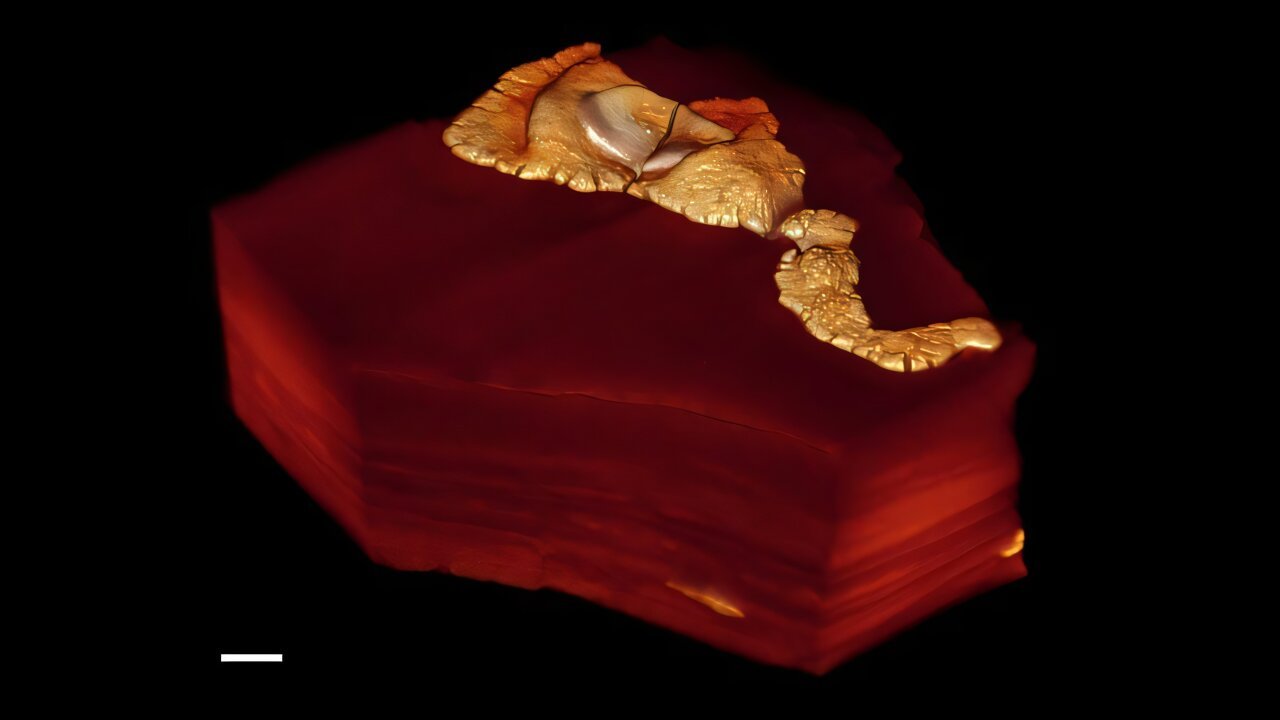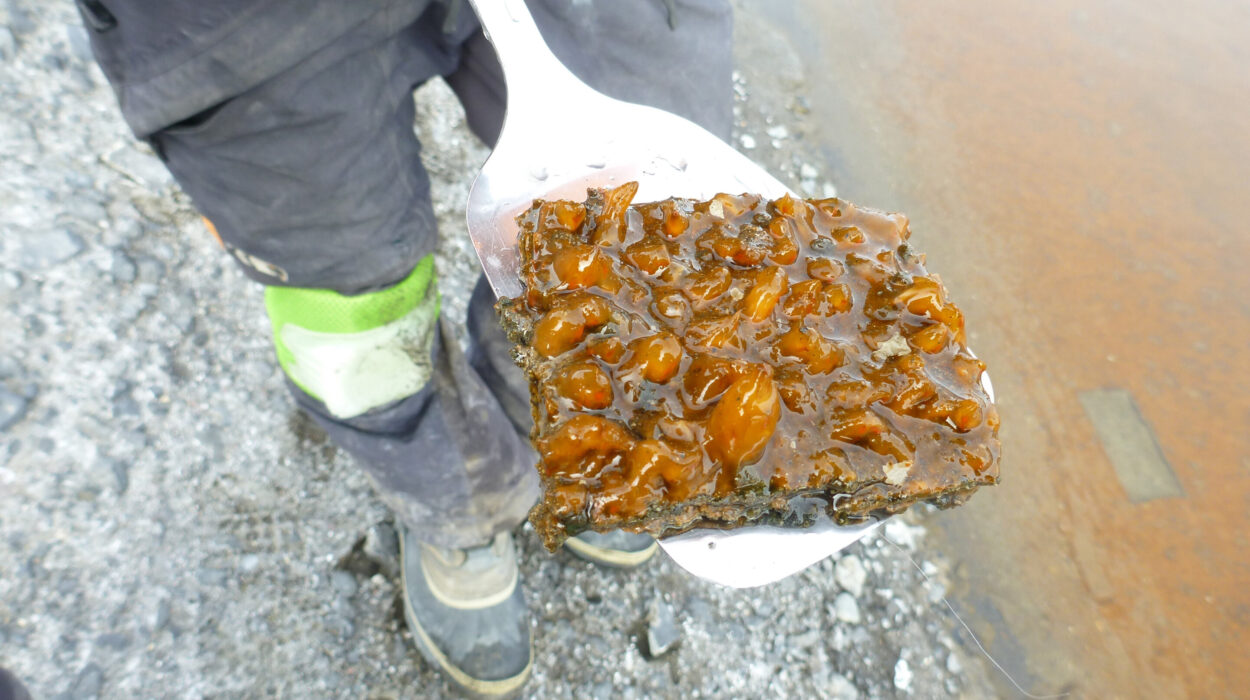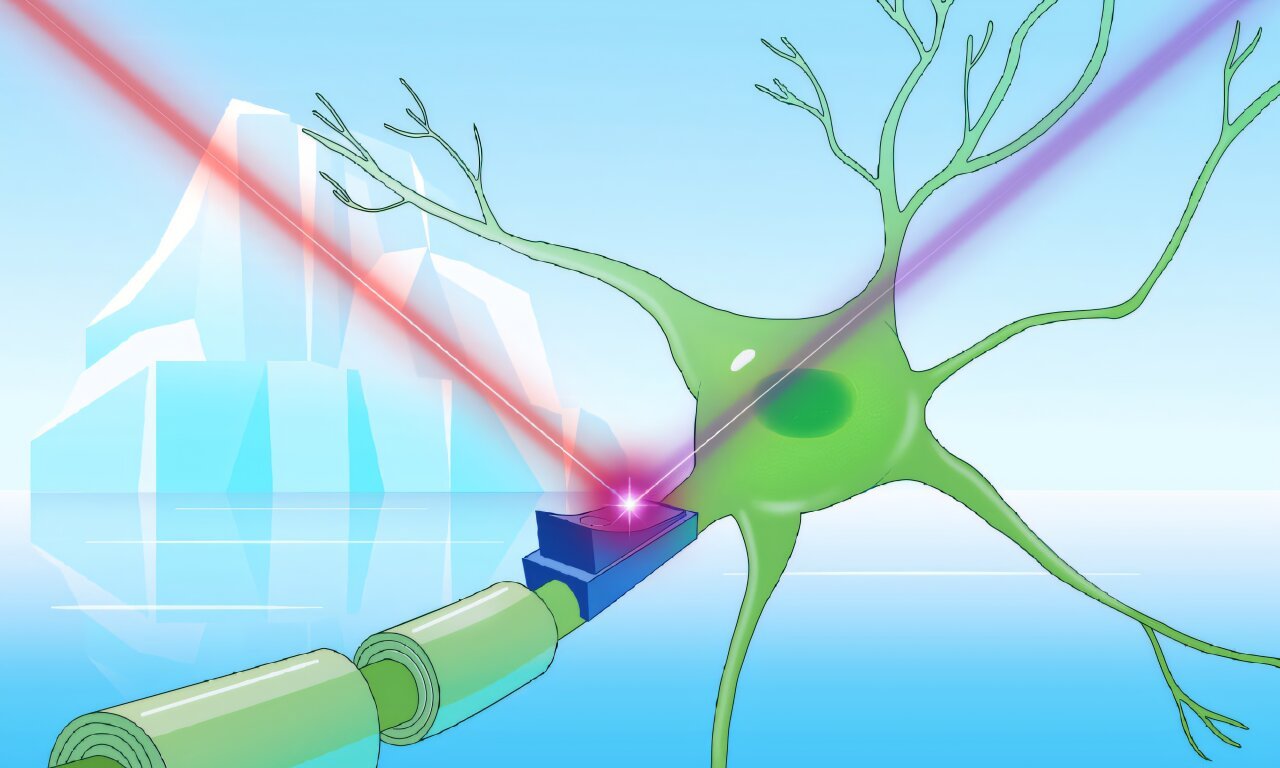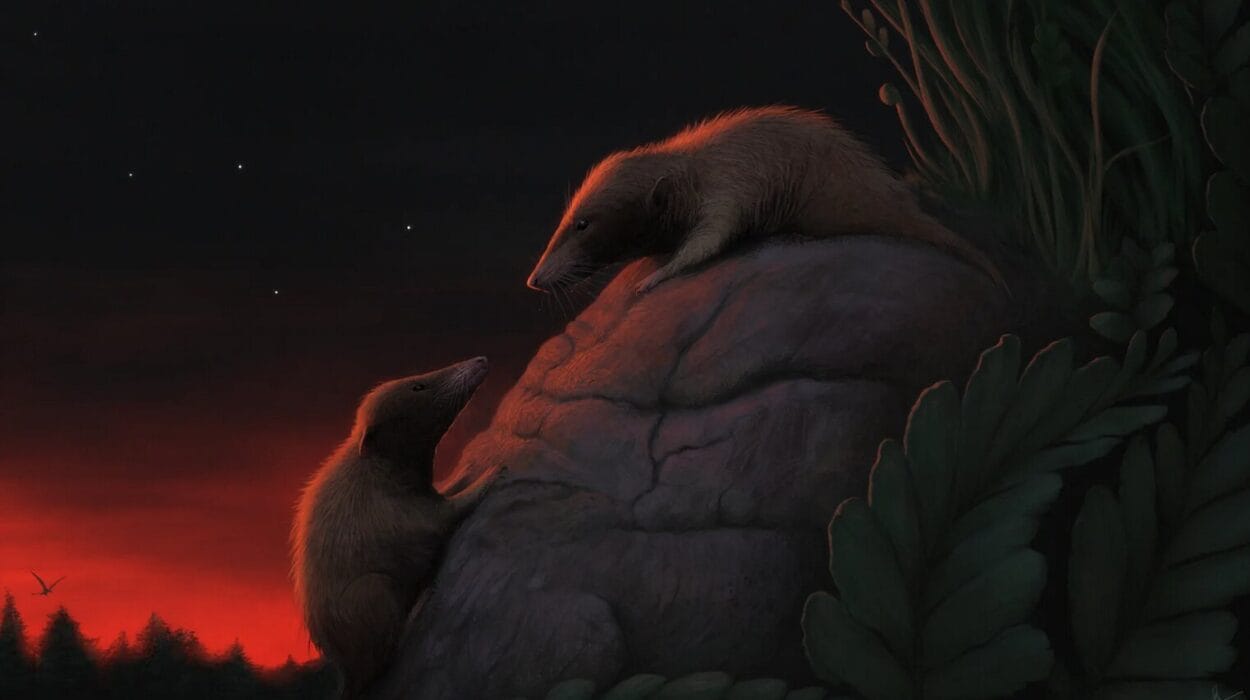More than two billion years ago, life on Earth was already fighting for survival—not against predators or climate, but against poison. New research has uncovered that Earth’s earliest complex life forms developed a remarkable ability to cope with one of nature’s deadliest elements: arsenic.
In a study published in Nature Communications, an international team of researchers has revealed that these early organisms—eukaryotes with complex cell structures—survived a toxic world by carefully storing arsenic inside specialized compartments in their cells. The strategy helped them neutralize the poison and thrive in an ancient ocean filled with invisible danger.
This groundbreaking discovery was made through the study of 2.1-billion-year-old fossils found in the Francevillian Basin of Gabon, a region already known to hold some of the earliest evidence of large, organized life on Earth. Using cutting-edge X-ray imaging, the team was able to detect and map the distribution of arsenic inside the ancient remains.
And what they found was astonishing: the arsenic wasn’t a later contamination or random mineral deposit. It formed specific patterns that matched living structures—clear signs of a biological response.
“This is the first direct evidence that early eukaryotes had developed a method to detoxify their environment,” said Dr. Ernest Chi Fru, co-author of the paper and Reader at Cardiff University’s School of Earth and Environmental Sciences. “It wasn’t random. It was a necessary adaptation at a time when Earth’s environment was rapidly changing.”
When Oxygen Turned Toxic
The story begins during a dramatic shift in Earth’s history, often referred to as the Great Oxidation Event. Around 2.4 billion years ago, oxygen began to build up in Earth’s atmosphere for the first time, produced by photosynthetic microbes. This atmospheric oxygen gave rise to new chemical reactions in the ocean—and with them, new threats.
One of the most dangerous byproducts of this change was arsenate, a particularly toxic form of arsenic. Arsenate chemically mimics phosphate, a nutrient essential for life. The problem? Cells couldn’t easily tell the difference. So when organisms tried to absorb phosphate from seawater, they sometimes took in poison instead.
“It was really vital for early life to have strategies to cope with this most toxic of elements,” said Dr. Chi Fru. “In fact, arsenic was once nicknamed ‘inheritance powder’ in Europe for its use in poisonings. But billions of years ago, it was just part of the water.”
The early eukaryotes uncovered in the Francevillian fossils had evolved a clever solution. Rather than eliminating arsenic immediately, they stored it. Tiny compartments inside their cells acted like molecular safes—isolating the poison from essential processes and protecting the cell from damage.
This mechanism, the researchers believe, was a form of biological immunity. It allowed the organisms to tolerate low levels of arsenic in the water and build resilience to their toxic surroundings.
An Ancient Blueprint for Modern Survival
Today, all living things—from single-celled plankton to human beings—possess mechanisms to handle arsenic exposure. In ocean waters around the globe, modern plankton must constantly manage trace amounts of arsenic, carefully removing it from their bodies so it doesn’t interfere with their use of phosphate.
But what this study suggests is that the roots of those modern mechanisms may go deeper than we thought—or have evolved multiple times throughout Earth’s history.
“We know these ancient organisms went extinct, so the way modern life handles arsenic didn’t come directly from them,” said Dr. Chi Fru. “But if this method of detoxification evolved more than once, it shows just how crucial it was for life to find a way to deal with arsenic in order to become more complex.”
In essence, arsenic may have been a crucible for evolution. A toxin so dangerous that it forced life to get smarter, to adapt or die.
The Volcanic Twist
The researchers believe the Francevillian biota emerged after a local underwater volcanic eruption brought a sudden surge of nutrients into a small, enclosed sea. These nutrients created a fertile breeding ground for early life.
Ironically, the same volcanic forces that gave life a boost also sealed its fate.
As volcanic activity resumed, oxygen levels in the sea dropped, and conditions became hostile once more. The arsenic-armed eukaryotes eventually disappeared, lost to time and the planet’s shifting chemistry.
Still, their brief existence left behind a remarkable fossil record—one that captures both a moment of evolutionary brilliance and a silent warning about how closely life is tied to its environment.
Life’s Oldest Battle
The tale of arsenic and early life is more than just a story about ancient cells in an ancient sea. It’s a reminder that survival has always been a battle against odds. That evolution isn’t just about complexity or intelligence—it’s about endurance, resilience, and innovation under pressure.
In a time long before plants, animals, or humans, cells without eyes, limbs, or brains were already solving chemical puzzles—already adapting to invisible killers in their environment.
And in doing so, they may have written one of the first chapters in the long, astonishing story of life on Earth.
Reference: Anna El Khoury et al, A battle against arsenic toxicity by Earth’s earliest complex life forms, Nature Communications (2025). DOI: 10.1038/s41467-025-59760-9






